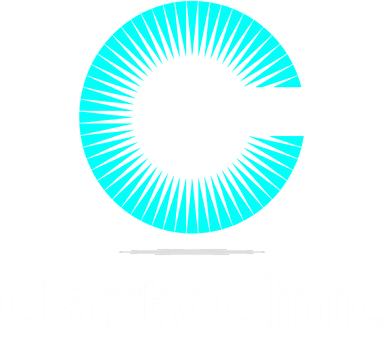October 19th, 2022

This post will serve as the first of two blog posts about six different models of addiction: moral, spiritual, disease, psychodynamic, social, and biopsychosocial. A few things to note:

Before we get into the models themselves, it would be helpful to define addiction. Today, two of the most prominent authorities on substance use define addiction as a disease. The National Institute of Drug Abuse (NIDA) defines addiction as, “a chronic, relapsing brain disease that is characterized by compulsive drug seeking and use, despite harmful consequences.” Similarly, the American Society of Addiction Medicine (ASAM) defines addiction as, “a primary, chronic disease of brain reward motivation, and related circuitry…”
Addiction was not, however, always viewed in this way, so it only makes sense, to begin with the “original” model of addiction:the moral model. This model began to gain traction during the Temperance Movement in the early- to mid-1800s, a movement that was “born out of the acknowledgment that the issue of drinking had to be addressed.”
The negative societal impacts of drinking—primarily domestic violence—led clergy in the United States to (attempt to) tackle the issue of alcohol use head-on.
There are three main characteristics of people who struggle with addiction, according to the moral model:
There is a common theme among these three characteristics: a “choice to use.” And although using substances does begin as a choice for many people, the ultimate result of addiction is a loss of control over this supposed choice to use.
Unfortunately, these stereotypes still persist for many today. For people who struggle with substance use, these stereotypes often lead to stigmatization, reluctance to reach out when they are most in need of help, and decreased self-esteem.

Bill W. and Dr. Bob Smith, who founded Alcoholics Anonymous (AA) in 1935, recognized these issues with the moral model, and they decided to approach the issue of alcoholism differently. Thus, the spiritual model of addiction was born.
According to the spiritual model, it is not poor choices or a lack of willpower that causes addiction, but rather a disconnection from God or some other Higher Power. In order to overcome addiction, the individual must first establish a deeper connection with themselves, other people, and the broader world around them.
At the core of the spiritual model is the assumption that people do not overcome addiction on their own. Rather, it is a variety of factors—a Higher Power, a community of other people in recovery, and a spiritual awakening, to name a few—that allow people to overcome their addiction(s).
AA and other 12-step programs do view addiction as “an illness.” Where the spiritual model of 12-step groups differs from the disease model of addiction, however, is how this illness develops. As mentioned before, the spiritual model asserts that a disconnection from a person’s Higher Power leads to addiction and other maladaptive behaviors. The disease model, however, posits that addiction is an illness that results from an impairment of healthy neurochemical or behavioral processes.
As more research is being conducted on the genetic components of addiction, the disease model has gained more traction in recent years. In fact, the National Institute on Drug Abuse (NIDA) recently concluded that half of a person’s risk for developing addiction(s) depends on their genetic makeup. The foundation of the disease model lay in the assumption that a combination of biological factors and neurological factors results in certain people being more predisposed to addiction. As is the case with other chronic illnesses, environmental factors can also play a role in addiction(s) development.

You may feel that elements from all three models discussed in today’s blog post have merit. You may fully disagree with certain models, or fully subscribe to others. You may even disagree with the premises of all three models discussed today. All of those feelings are normal when dealing with an issue as complex as addiction.
Next week, I’ll be talking about the psychodynamic, social, and biopsychosocial models of addiction, which will hopefully offer more perspectives on the issue of addiction.
Disclaimer: The information on this page is for educational and informational purposes only and is not a substitute for professional medical advice, diagnosis, or treatment. Always consult a qualified healthcare provider with any questions regarding a medical condition or treatment. Never ignore or delay seeking professional help due to information found here.

Our Services
Virtual/Online CarePHP and IOPAdult PsychiatryChild & Adolescent PsychiatryAdult TherapyChild & Adolescent TherapyCouples CounselingFamily TherapyGroup TherapyPsychological TestingTranscranial Magnetic Stimulation (TMS)Resources
Refer a PatientCareersClinical Training OpportunitiesOur ProvidersFree Mental Health TestsCommonly Prescribed MedicationsLocationsBlogIn The NewsClarity Through CharityClarity for AllQuick Links
Patient PortalFAQsAccepted InsurancesContact us